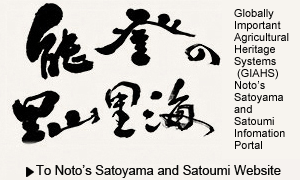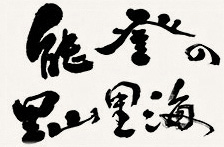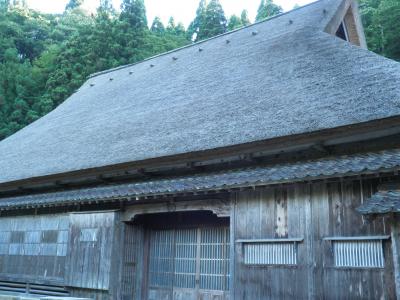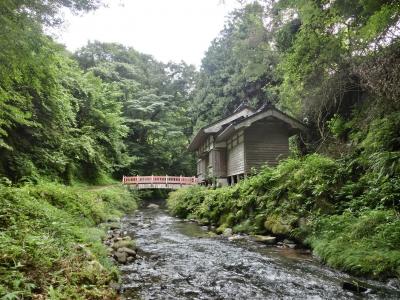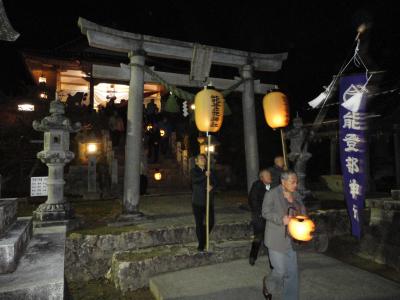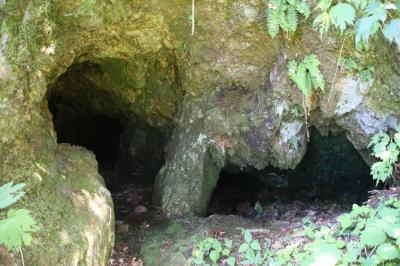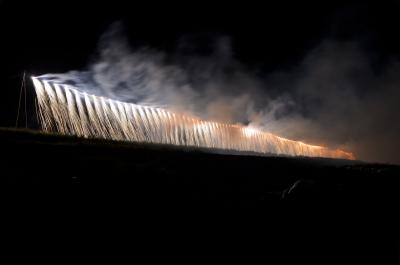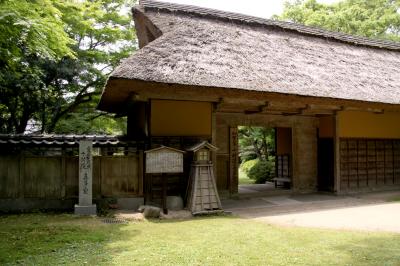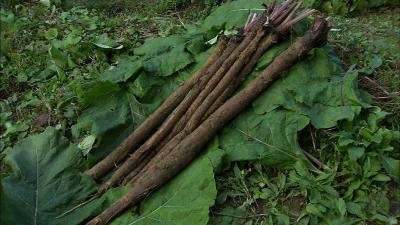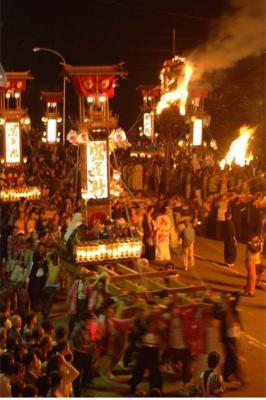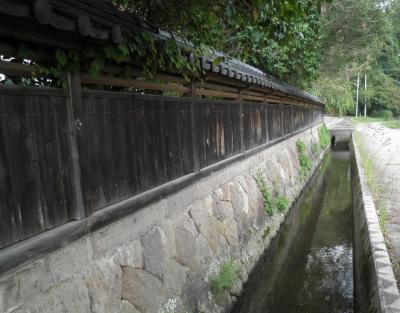
Name
Kuromaru Residence
Address
Kamikuromaru, Wakayama-machi, Suzu City
Category
History
Class
Landmark
Age
17th century~19th century
Designation
Nationally designated important cultural property: The Kuromaru residence main building, barn, miso storehouse, and rice granary (December 1971)
Comment
According to the family register of deaths, the Kuromaru family was a local clan that settled in Noto at the end of the 15th century and served as tomura-yaku, a role established by the Kaga domain for the control of farming villages. The family is said to have been engaged in sake brewing, as well as agriculture and forestry. The residence, which was built on a foundation of stone walls, is located halfway up the mountain. In 1971, it was designated as a national important cultural property. Built in the late 17th century, it is the oldest of all of the existing private residences. Almost at the center is the main residence, and on the north side in front is a barn. A rice granary, a miso storehouse and an equipment storage house can also be found on the property. The thatched main residence has a half-hipped roof and a main entrance on the side. At the entrance with an earthen floor are four thick, independent pillars. These features are particular to this old style of architecture. Inside the house, okuzashiki, nakazashiki and shimozashiki rooms are arranged in this order from the front; this layout gives a sense of the high rank of tomura-yaku as the village headman.
Views
Access number:10769

